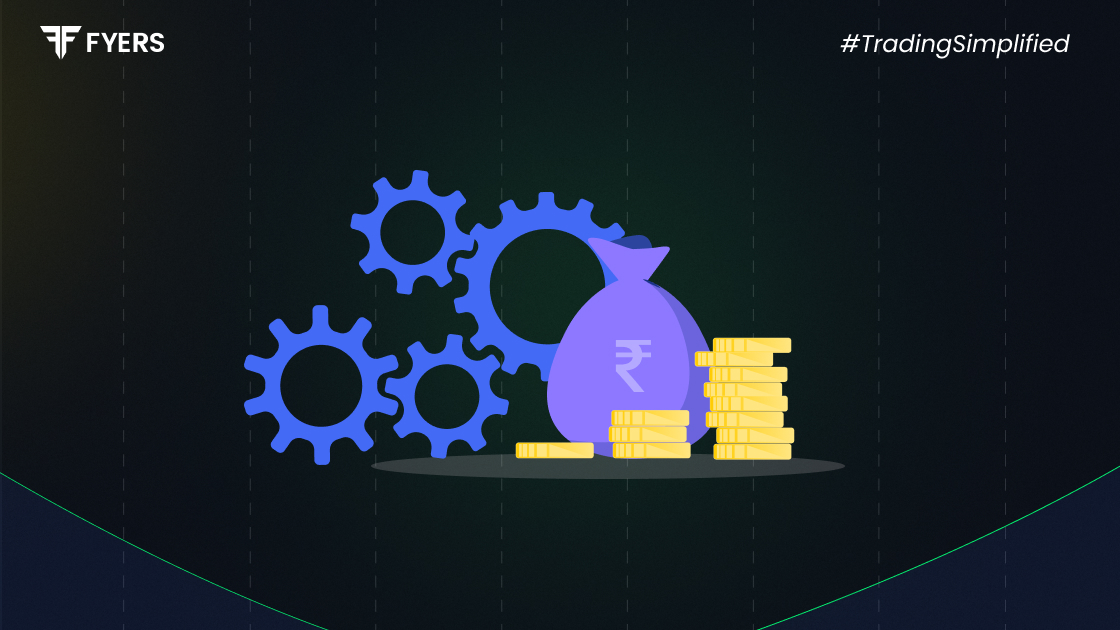

 16 Jun, 2025
16 Jun, 2025
 2 mins read
2 mins read

Understanding the distinction between capital expenditure (CapEx) and revenue expenditure (RevEx) is essential for any business or investor. These two types of spending play different roles in financial reporting, taxation, and long-term business planning. This blog breaks down what each means, their key differences, and real-world examples to make the concepts easy to grasp.
Capital expenditure refers to the money a company spends on acquiring or upgrading long-term assets. These assets are expected to provide value over multiple financial years.
Examples include:
Purchasing machinery or equipment
Constructing a new building
Upgrading IT infrastructure
Acquiring land or vehicles
CapEx (Capital Expenditure) isn’t counted as a full expense in the year it's spent. Instead, the cost is spread out over several years by recording it as an asset and then reducing its value gradually through depreciation or amortisation. This shows how the asset is used up over time.
Revenue expenditure is the money spent on day-to-day operational expenses. These costs are recurring and necessary to keep the business running.
Examples include:
Salaries and wages
Utility bills and rent
Repairs and maintenance
Raw materials and inventory costs
Revenue expenditures are fully expensed in the same accounting period in which they are incurred, affecting that year’s profit or loss directly.
|
Criteria |
Capital Expenditure (CapEx) |
Revenue Expenditure (RevEx) |
|---|---|---|
|
Nature |
Non-recurring, long-term investment |
Recurring, operational expense |
|
Purpose |
Acquire or improve fixed assets |
Maintain existing operations |
|
Benefit Duration |
Multiple years |
Limited to one financial year |
|
Accounting Treatment |
Capitalised and depreciated over time |
Expensed fully in the same year |
|
Impact on Profit |
Indirect impact via depreciation |
Directly reduces net profit |
|
Examples |
Buying land, equipment, or buildings |
Paying salaries, rent, utilities, or routine repairs |
Let’s consider a company setting up a new manufacturing unit:
Capital Expenditure: The company buys machinery worth ₹50 lakhs and constructs a factory for ₹1 crore. These are capital expenditures, recorded as fixed assets and depreciated over their useful lives.
Revenue Expenditure: The company pays ₹10 lakhs in salaries, ₹2 lakhs for electricity, and ₹1 lakh for maintenance. These are revenue expenditures and are deducted from the current year’s income.
These examples show how CapEx builds the business, while RevEx keeps it running.
Revenue expenditures directly reduce the net profit of the current financial year. Capital expenditures, on the other hand, do not immediately impact profits. Instead, their cost is spread out over several years through depreciation or amortisation.
Salary is a revenue expenditure. It is a recurring cost required to maintain daily operations and is expensed in the period it is paid.
Yes. Tracking both CapEx and RevEx is essential for accurate financial reporting, budgeting, and taxation. It helps stakeholders understand where the company is investing versus where it is spending to operate.
Calculate your Net P&L after deducting all the charges like Tax, Brokerage, etc.
Find your required margin.
Calculate the average price you paid for a stock and determine your total cost.
Estimate your investment growth. Calculate potential returns on one-time investments.
Forecast your investment returns. Understand potential growth with regular contributions.